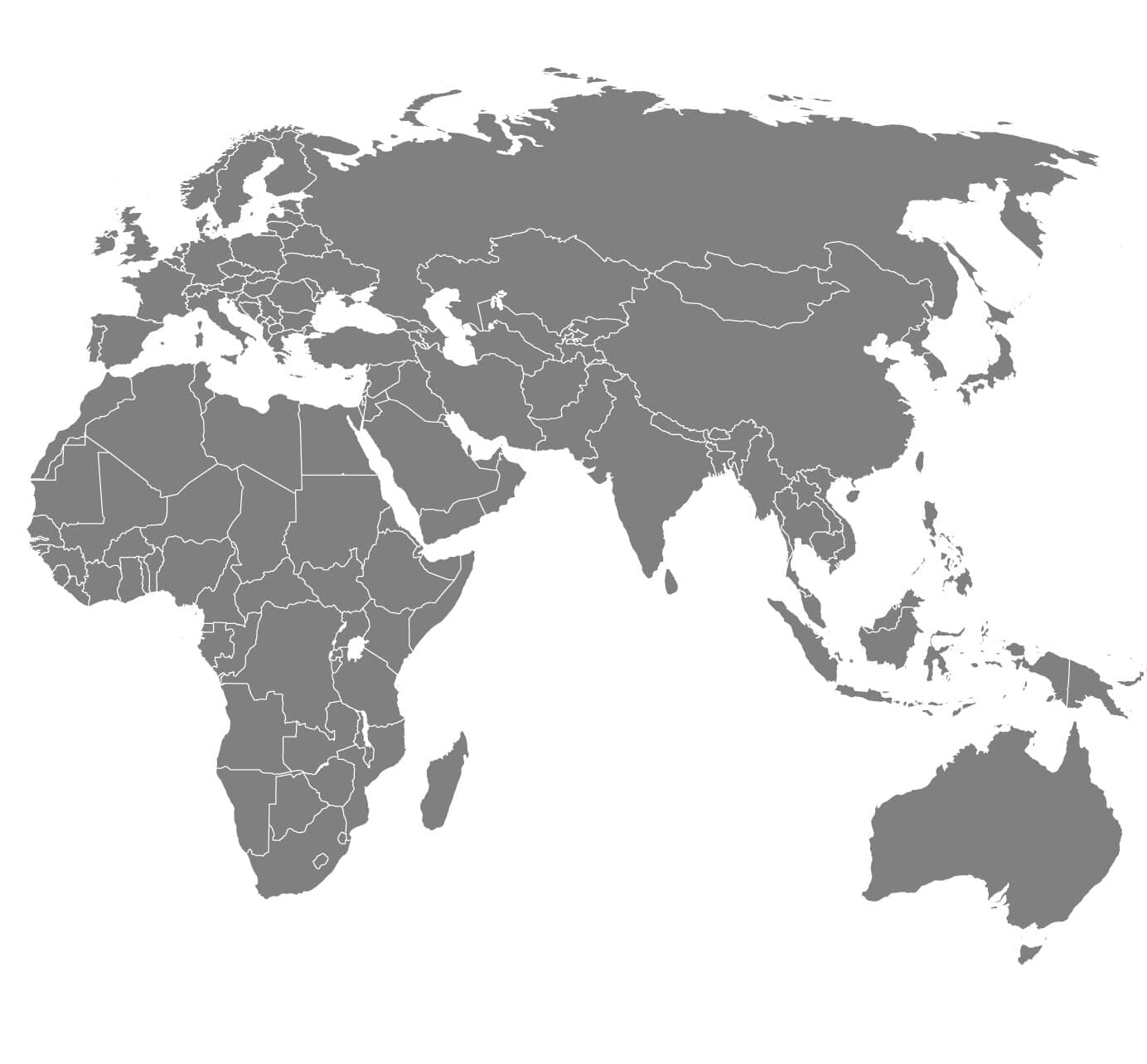
For some processes, the client requires only a condensing package in order to do the compression and condensing process of the refrigerant. For such applications, WINTER can provide condensing units with a compressor, separator, shell & tube condenser, economizer, etc. as a fully packaged unit. All the equipment is installed on one base frame and can be placed easily and quickly on the foundation on site. Additionally, the power panel can be supplied on the skid package as well. This will simplify the project task of our clients. WINTER condensing units are designed according to ASME or PED and can be used in various industries (Oil & Gas Industry, Petrochemical Industry, etc.) and several applications. If required, the Screw compressors can be according to API 619 as well. All of the WINTER packages are designed according to the international standards API, ASME, PED, AD 2000, GOST, etc
WINTER closely accompanies its clients, beginning from the first contact and further through the engineering, installation, commissioning, and operation phase.
Condensing Units
Condensing units are an important component of refrigeration and air conditioning systems. They are responsible for removing heat from the refrigerant, which is then transferred to the surrounding environment.
WINTER condensing unit consists of a compressor, a condenser coil, a fan, and controls. The compressor is responsible for compressing the refrigerant gas, which raises its temperature and pressure. The high-pressure gas then flows through the condenser coil, where it releases heat to the surrounding air or water, causing the refrigerant to condense into a liquid. The fan helps to dissipate the heat by blowing air over the condenser coil.
Condensing units can be used in a variety of applications, such as commercial refrigeration, air conditioning, and process cooling. They come in different sizes and capacities to suit different cooling requirements. Explore our energy-efficient condensing units for superior cooling. Ideal for commercial and industrial needs. Enhance performance today!
One advantage of condensing units is that they can be located remotely from the evaporator unit, which allows for greater flexibility in installation and use. For example, in commercial refrigeration, the condensing unit can be installed on the roof or outside the building, while the evaporator unit is located inside the refrigerated space.
- Condensing units can operate using different types of refrigerants, such as R-22, R-410A, and R-134a, depending on the application and regulatory requirements.
- Some condensing units have a variable-speed compressor, which can adjust the cooling capacity to match the cooling load, resulting in higher energy efficiency and lower operating costs.
- In air conditioning systems, the condensing unit is typically located outside the building, while the evaporator coil is located inside the building, often in the air handler or ductwork.
- Maintenance of condensing units is important to ensure optimal performance and longevity. This includes regularly cleaning the condenser coil, replacing air filters, checking refrigerant levels, and inspecting electrical and mechanical components.
- In addition to their cooling function, condensing units can also be equipped with other features, such as noise-reducing insulation, weather-resistant housing, and monitoring and control systems to optimize performance and energy efficiency.
Overall, condensing units are an essential component of refrigeration and air conditioning systems, and they play a critical role in maintaining optimal cooling performance and efficiency.
Products
- Process Package Condensing Units
- Compact Industrial Water-Chiller / Water-Glycol-Chiller
- Compact Industrial Refrigeration Package (Single- or multiple compressors)
- CO2 Refrigeration System
- Cascade Refrigeration System (NH3/CO2)
- Hybrid Refrigeration System (NH3/CO2 Liquefaction)




